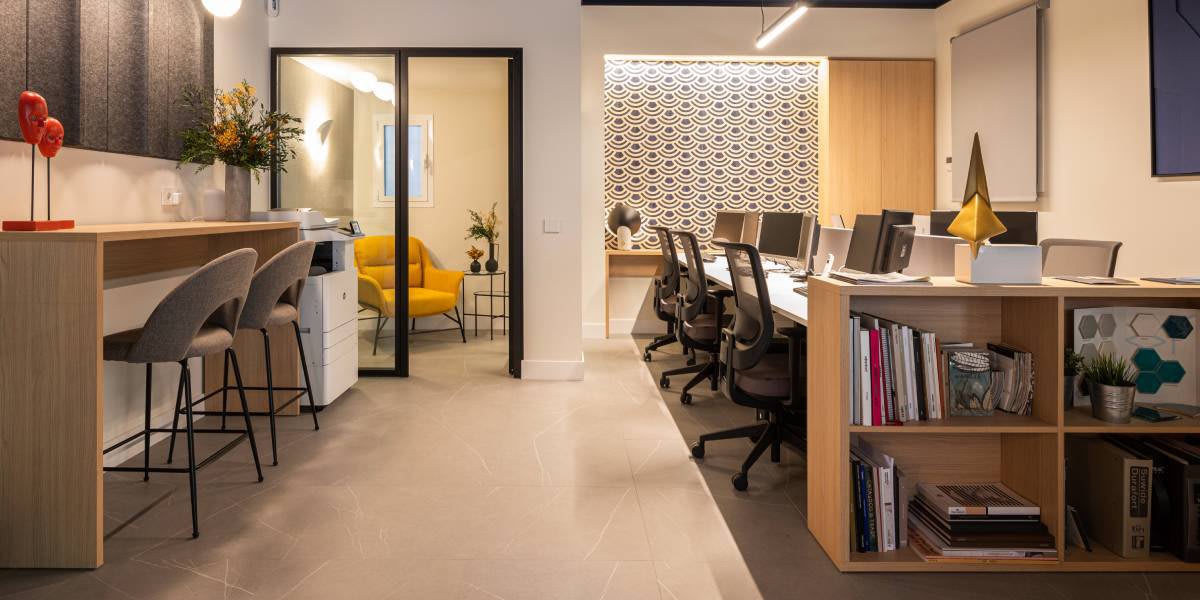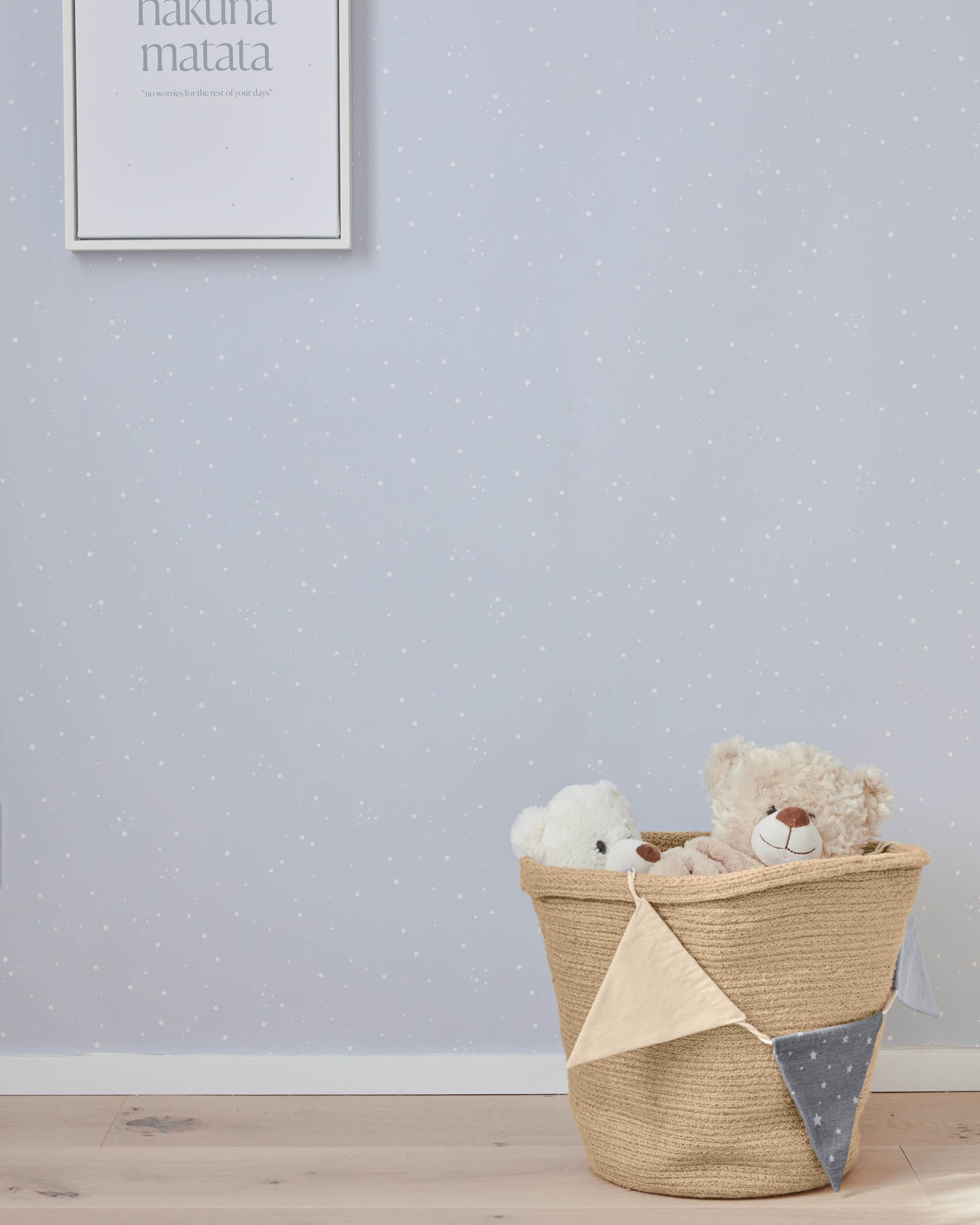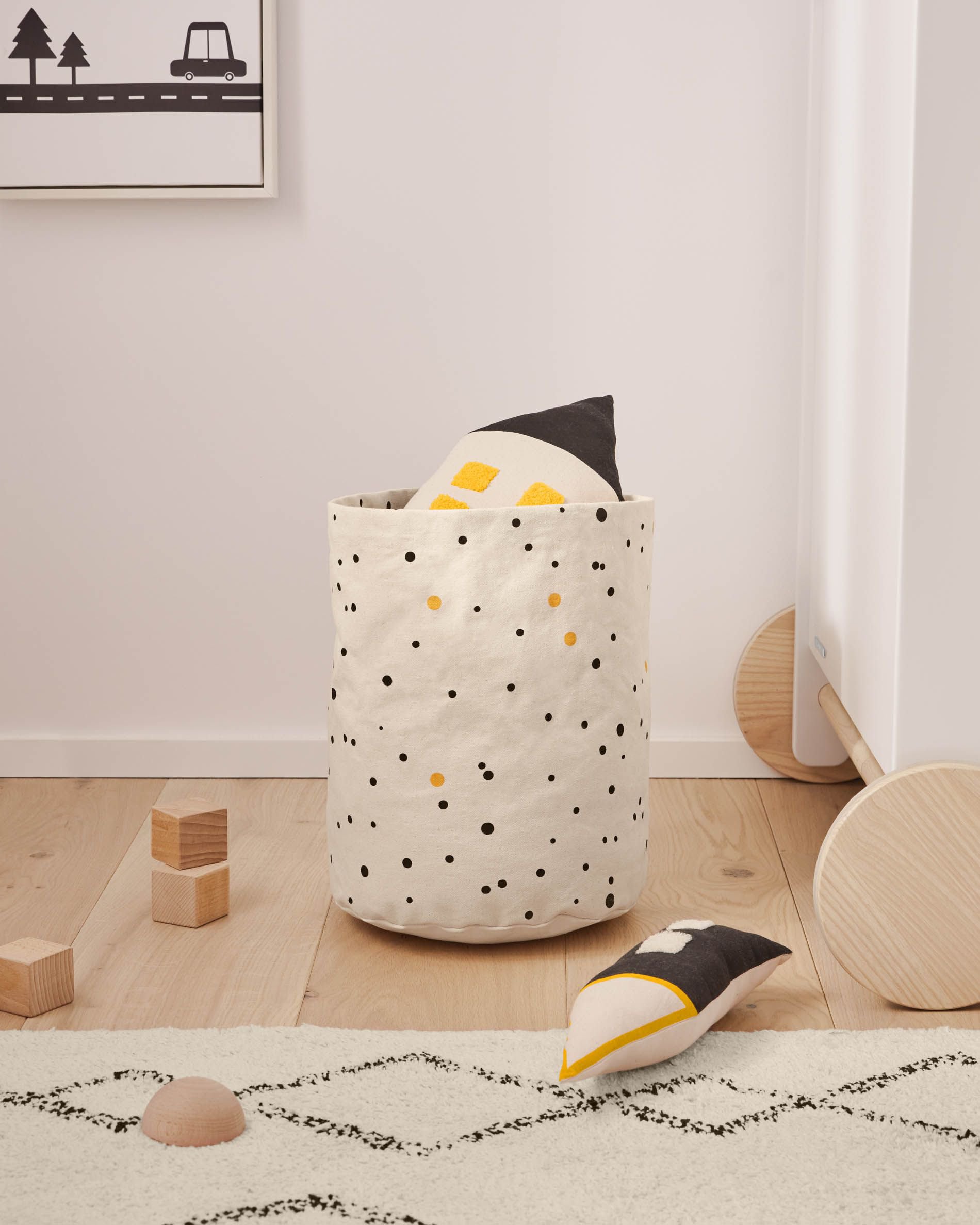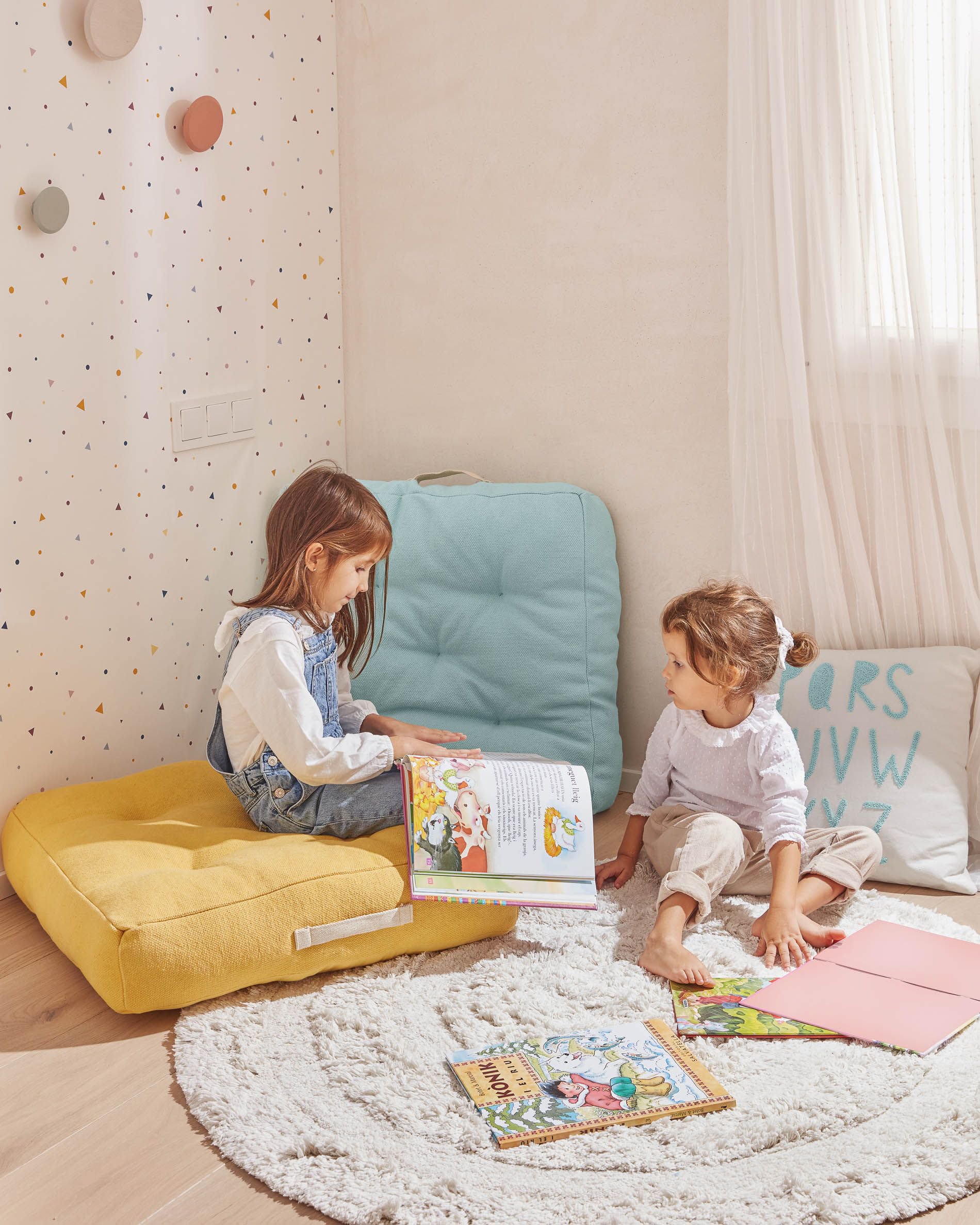
A design-centric office
Keeping your house tidy is a high priority, but when you’ve got kids, it can be harder to stay on top of the chaos, and begin to feel like a losing battle with the toys. So here we’ve rounded up some key tips on how to go about throwing things out and bringing a sense of order to your home with the KonMari method by Marie Kondo, Japan’s home organiser expert. It can be hard to bring yourself to part with your possessions, but it’s the only way forward to achieving a tidy, happy home.

One of the keys to teaching children to keep the home tidy is by asking them to keep “only the things that make them happy.” This means that anything else is out. Some of them hold on to lots of toys and others will only keep a few. KonMari is known for its “spark joy” method, and it also applies to toys. Ask yourself: Does this one spark joy? If it takes longer than 5 seconds to reply, it’s usually a no. Depending on the child’s age, we can help them with this by asking why it’s an important toy for them.
Remember that what doesn’t make one child happy is sure to make another joyful, so aim not to actually throw things away but donate them instead. But careful here because putting them in another place or storing them in boxes is not a KonMari-approved solution!

Keeping hold of some toys is a good idea so you can rotate them when the kids gets bored of playing with the same ones. The secret here is to sort them into different categories to help the children know where each toy is stored. Consider using shelves or low shelving units to keep everything in easy reach for them to organise their prized possessions as they choose. Having everything easily accessible will mean you won’t be constantly searching and asked to find things for them.

While you’re busy tidying the toys away, involve the kids by explaining what you’re doing so that they can learn and (hopefully!) imitate you and gradually do things by themselves. Our top tip here is to make it a fun activity. Keep the laughter flowing and they will relate tidying up to part of the game. The best time to learn is as early as the first year, coinciding with when they are learning to walk. Boxes and baskets work wonders for helping them to classify their toys.

Keeping the space where they keep their toys tidy will also help them to feel tidy in their heads, which will be a big advantage when they are faced with bigger tasks. Unsurprisingly, untidiness makes them lose their attention and concentration. Having children in the house does prevent us being as organised as we’d like to be.
But involving the children forms part of their education, helps them to start learning and become independent, which will help the whole family work better. Keeping things tidy will soon come naturally to them and make everyone happy. So start today! Apply the KonMari method to tidying toys.
When you purchase a new furniture item, mattress, kitchen, rug or curtain, you pay an eco-participation, which is used to fund the recycling of your old items.
What is eco-participation?
Eco-participation is an additional fee added to the price of new bedding and furniture, paid by the consumer and transferred to Ecomaison.
Why?
It is used to fund the sorting, recycling, and repurposing of old mattresses and furniture.
How does it work?
Ecomaison implements collection and recycling solutions in partnership with local authorities, social economy organizations (such as the Network of Recycling Centers and Emmaus), and furniture professionals.
Since 2013, through this initiative, Ecomaison has already handled over 10 million tons of used furniture and bedding, preventing the landfill of waste equivalent to 1,000 Eiffel Towers. Previously, 55% of discarded furniture ended up in landfills. Ten years later, it's less than 3%. With 800,000 tons per year, Ecomaison is now the leading supplier of recycled wood in France.
Who is Ecomaison?
Ecomaison is a state-approved eco-organization that manages the sorting, collection, reuse, and recycling of household items and materials, from the foundations to the finishing touches. Its mission is to collect and repurpose household items and materials, giving them a second life by donating, repairing, recycling, or using them as an energy source.
Find a collection point on the website ecomaison.com.
Some products are not longer available
If you want to continue please update your basket